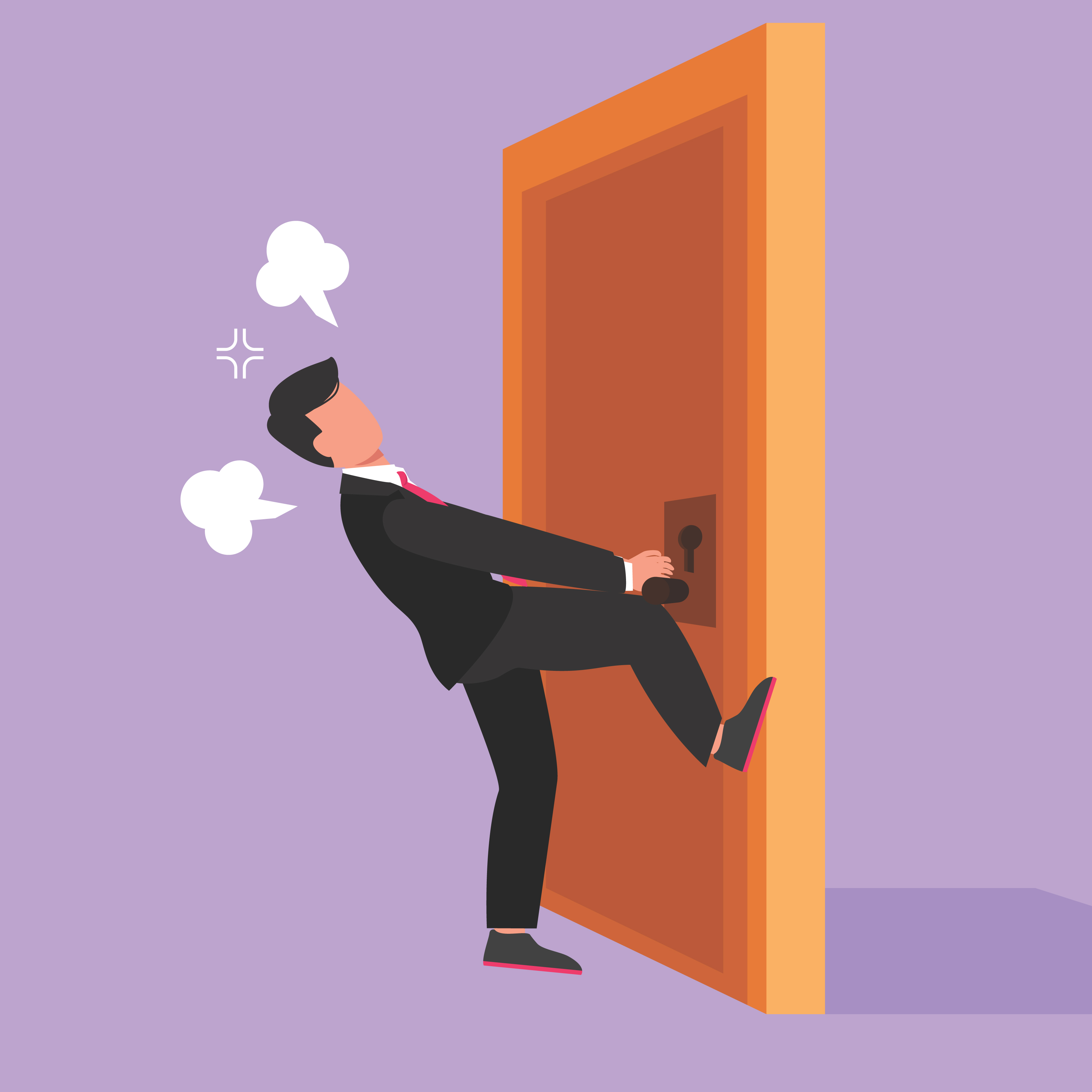
Laryngospasm: I Can’t Get Any Air!
At-A-Glance
- Laryngospasm is a type of choking caused by respiratory reflux. It is associated with difficulty breathing, getting enough air. It starts suddenly and the vocal cords close, usually when eating, after a meal, or even at night awakening you from sleep.
- People with laryngospasm struggle to get air into their lungs; and not surprisingly, people can be terrified, and afraid that they might die. Fortunately, laryngospasm usually lasts only seconds to minutes, and you can’t die from it.
- The word laryngospasm means that the larynx (voice box) goes into spasm. This is because there are acid sensors on the top of the larynx (epiglottis), and when they are exposed to acid pH 2.5 or less, the vocal cords close.
- Laryngospasm is a vagally-mediated reflex; this means that when the vagus nerve receives the acid-in-the-larynx message, it tells the vocal cords to shut. Meanwhile, there is another vagal reflex that opens the vocal cords, and this can be very helpful.
Note: Respiratory Reflux (RR) and Laryngopharyngeal Reflux (LPR) are synonyms and the terms can be used interchangeably. Going forward, I prefer the term RR and so should you; it is easier to pronounce, more intuitive, more comprehensive, and implies that RR can affect any and all parts of the respiratory system, which it does.
Laryngospasm is a sudden choking episode, and you can’t get enough air into your lungs. You may be afraid that you could die. Laryngospasm occurs because of Respiratory Reflux; when you get stomach acid in your throat, the vocal cords clamp shut. It’s a reflex mediated by the Vagus Nerve.
Accompanied with the breathing trouble with laryngospasm, often there is noisy breathing on inhalation. This is called inspiratory stridor which translates to “noisy breathing with inhalation.” Sometimes the stridor is loud and dramatic as the attempt to get enough air can violently rattle the vocal cords.
Interestingly, during laryngospasm, air is easily and quietly exhaled because of the bellows-like shape of the airway. Note: Laryngospasm should never be confused with asthma, because with asthma, the problem is opposite; it’s difficulty getting air OUT of the lungs.
To the observer, it’s obvious that the person with laryngospasm is in distress. They can look wild-eyed and can sometimes clutch their throats. The bystander should tell the victim to sit as quietly as possible and to breathe as slowly as possible. Effortful inhalation actually makes the airway obstruction worse. If aware of the “sniff-maneuver,” the bystander should tell the victim; see below, What to Do.

This diagram shows the (white) vocal cords open (left) and closed (right). Normally, they are open for breathing (left), and closed for both speaking and swallowing (right). During laryngospasm, the vocal cords inappropriately close (right) and stay so until the spasm breaks. The acid sensors that cause laryngospasm are found on the curved, pink, arched structures above the vocal cords (both figures). That’s the epiglottis and that’s where the sensors are located. Also, looking at the left figure, note that below the vocal cords, you can see the trachea, the main passage to the lungs.
If you awake in the middle of the night coughing and gasping for air like a fish out of water, that’s nocturnal reflux-induced laryngospasm … if you also have a Chronic Cough, you are a Champion Refluxer.
Remember, severe nighttime reflux can be completely silent, not awakening you unless it is with laryngospasm.
What Causes Laryngospasm?
Both experimental and clinical data have proven unequivocally that laryngospasm occurs when there is acid in the larynx at pH 2.5 or lower. The acid sensors (receptors) are located above the vocal cords on the epiglottis, and the laryngospasm reflex is mediated by the Vagus Nerve.
Presumably, the vocal cords close to protect the lungs from aspiration. This reflex could be life-saving, as it prevents aspiration, that is, stomach contents going into the lungs, which could result in life-threatening pneumonia.
What To Do
First, don’t panic… that will only make things worse. Sit quietly as you can with your hands on your lap, and try to breathe slowly … slow it down.
Second, there is an important trick, another vagal reflex that opens the vocal cords; and that’s a sharp sniff through the nose, the “sniff maneuver.” It might be hard at first, but if you have laryngospasm, try to make a sharp little sniff between breaths … just a tiny brisk sniff. Next, if you can do that, try a double sniff … and if that works try a triple sniff. Who knows why, but sniffing through the nose can open the vocal cords during laryngospasm. Yes, it is also a vagal reflex, more-or-less the opposite reflex to laryngospasm. Sniffing through the nose flies open the vocal cords.
Third, in the unlikely event that you have an alkaline water sprayer; try to use that as soon as possible. Raising the pH (acidity) in your larynx can help break the spasm sooner.
Parting Shot: If you have laryngospasm, you must immediately start a Reflux Detox. Which reminds me: If you have had recurrent pneumonia (and you are not immunocompromised or a pulmonary cripple), then you have had reflux aspiration event into your lungs as the likely cause.
Please sign up for this blog to stay up to date; and if you would like to schedule a virtual consultation with me, you can book online.









